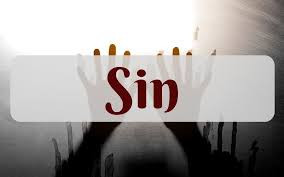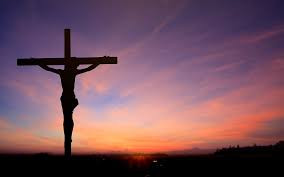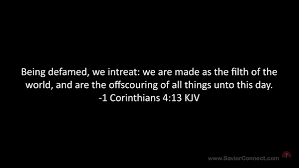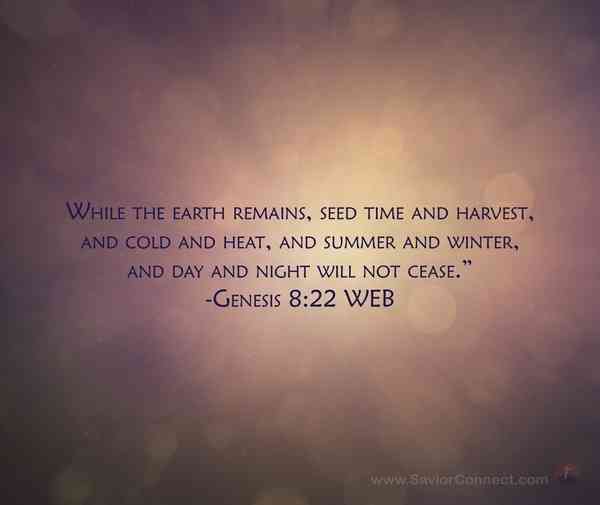
Don’t just rely on the Netflix series. This deep dive into Moses provides a more accurate picture of the Jewish people’s greatest leader.
“Testament: The story of Moses,” Netflix’s new series on the life of Moses, is very popular and has received excellent reviews. Let’s do a deep dive into Moses based on ancient Jewish sources, textual and oral that provide a more accurate picture of the Jewish people’s greatest leader.
I have another motive here as well. Once I see a movie or documentary, the images tend to imprint themselves on my mind and instead of my imagination remaining free, I will forever think of Harry Potter as 12-year-old, Daniel Radcliffe, James Bond as Roger Moore, and Charlton Heston as Moses. I prefer that my impressions of Moses derive from the text of the Torah, known after all as the Five Books of Moses (!) and from the traditions of the Jewish people. No single essay or biography (or Netflix series) could possibly do justice to Moses, so I have chosen just a few features of his life to explore with the hope that you will follow the advice of the Talmudic sage, Hillel, who after summarising Jewish ethics in one sentence, said, “The rest is commentary, go and learn!”
Moses’ odd beginning
The first we hear of Moses in the Torah is at the beginning of the book of Exodus where his birth is described in an anonymous fashion. “A man from the house of Levy, married a daughter of Levy and they had a son.” No names are mentioned at all, which is highly unusual in the Torah, especially in the book of Exodus, whose Hebrew name is Shemot which means “The book of Names”! The story continues with “the child” being floated in a basket down the Nile while “his sister” (no name) watched from the bank. The baby is saved by — you guessed it, no name — “the daughter of Pharaoh.” She then names the child, “Moses, because I drew him from the water” and hires his mother as the child’s caregiver and wet-nurse.
The great Jewish thinker and Kabbalist, the Maharal of Prague suggests that the reason for the anonymity is to emphasise the inevitability of the birth of Moses who would be crucial in the redemption of the Jews from Egypt. The absence of names teaches us that Moses was not the product of human free will choices by this or that person, but rather, someone destined to be born in order to accomplish the Divine plan. However this does not explain why the name by which this leader is always known is the name given to him by the daughter of Pharaoh, based on the fact that he was “drawn from the water.” The Maharal explains that Moses represents the antithesis of water. Water is shapeless and conforms to the shape of whatever vessel contains it, and therefore in Jewish thought represents pure matter, unshaped, unformed, without purpose or direction. Moses was the person who would give form to the “water” of the world and give it shape, purpose and direction by bringing the instructions of the Creator to the world.
Moses was the person who would give shape, purpose and direction by bringing the instructions of the Creator to the world.
This idea is graphically demonstrated when the Jewish people cross the Red Sea and “the water became a wall to their right and to their left.” Moses was not content with the status quo and was not willing to just go with the flow. He was someone who would shape and give purpose to a nation and through them shape and give direction to all of humanity and all of history.
- Adapt or die: Drivers for transformation
- Of Zim’s untapped film tourism potential
- Zim-British television director scoops Emmy Award
- Letter from Africa: Prince Harry and a royal scramble for the continent
Keep Reading
Josephus Flavius, the Roman-Jewish historian, maintains that the name Moses comes from the Egyptian, mo, ‘water’ and uses, ‘drawn from.’ An early Christian scholar, Eusebius suggests that the name of Moses was preserved by the Gentiles as Musaeus, teacher of Orpheus, from whom the Muses obtained their name. The equation of Moses with transmission of wisdom is not at all farfetched. The Five Books of Moses, the Hebrew Bible, contains within it all the great themes and issues of philosophy and the great dramas of human existence. The Torah has inspired and influenced art, literature, philosophy, law, and ethics. The book by Hebrew University scholar, Gabriel Sivan, The Bible and Civilization, documents the impact of the Bible on the Western world in all of the above areas. The subtitle of Thomas Cahill’s famous book, The Gifts of the Jews, is “How a Tribe of Desert Nomads Changed the Way Everyone Thinks and Feels.” I think it is accurate to say that the one individual responsible for transforming a group of slaves and a “tribe of desert nomads” into a people that would impact the world, was Moses.
Moses’ 5 stages of development
Whatever the meaning of his name, Moses was brought up as an Egyptian in the royal court of Pharoah. However, he also had the influence in his life of his Israelite mother, Yocheved, as his caregiver. To some degree Moses had conflicted upbringings, belonging potentially to the overlords, the rulers and the power structure of Egypt, but also potentially to the slaves, the underdogs and the powerless Israelites. How did Moses develop from his youth in Egypt to become the lawgiver and leader of the Jews. If we examine the text, we can clearly see five stages in the development of Moses into the greatest of prophets and the leader of the Jewish people.
Stage one: “When Moses was grown, he began to go out to his people, and he saw their suffering.” With which aspect of his background did he identify? With wealth and power, or with the oppressed and the powerless? He identified with his brothers and sister, the slaves. It is not difficult to sympathize with the struggle that he may have had in this choice, but, at the end of the day, he threw in his lot with his suffering brothers and sisters.
Stage two: “One day he saw an Egyptian beating one of his fellow Hebrews. He looked around, and when he saw that no one was watching, he killed the Egyptian and hid him in the sand.” Moses did not merely identify and sympathise with his brothers, he acted decisively and defended his brother from the violent oppression of the Egyptians. This took courage and conviction and is a significant step beyond empathy.
Stage three: “Moses went out the next day and saw two Hebrew men fighting. “Why are you beating your brother?” He demanded of the one who was in the wrong.” Moses fought for justice and against wrongdoing even when it involved two of his own people. He was not only concerned with an “us versus them” situation and a stranger against his family, but he was also concerned with wrongdoing within the Jewish people.
Moses’ concern was for justice, irrelevant of ethnicity or nationality.
Stage four: Moses escaped Egypt and fled to Midian. There he went to a well, a natural gathering place in a desert environment, and witnessed shepherds trying to chase away the daughters of Jethro, a local sheikh, from the well. “Moses arose, saved them from the shepherds and watered their sheep.” Moses saved complete strangers from being oppressed by others. His concern was clearly not ethnic, not just about blood-ties and not exclusive to his fellow Hebrews; his concern was for justice, irrelevant of ethnicity or nationality.
Stage five: Moses eventually married Tzipporah, one of Jethro’s daughters and became a shepherd of his father-in-law’s sheep. The text relates that “Moses was tending the sheep of his father-in-law, Jethro, the priest of Midian and he led the flock to the edge of the desert, and he came to God’s mountain.” While Moses was tending to the sheep, according to an ancient Jewish tradition, he went to retrieve a lamb that had strayed away and he actually carried it back to the water hole and to the flock. It was immediately after this event that God spoke to him for the first time. The fifth stage of Moses’ development was not justice, but was the development of compassion and mercy. In this case, his compassion extended, not only to Hebrews, and not only to humans, but even to animals.
Moses, the reluctant leader
From the text of the Torah, we can build a picture of one of the greatest people to have ever lived. Moses, who took the Jews out of Egypt, who received the tablets of the law, and indeed the Divine revelation of the Torah on Mount Sinai, who led the Jewish people for 40 years through the desert, is portrayed as one who identifies with the oppressed, fights for justice, defends the vulnerable, and has compassion for all creatures. All this almost qualified him as a leader, but there was one more test of leadership that he had to pass.
During the famous incident of the burning bush, when God told Moses that He had chosen him to confront Pharoah, to lead the Jews out of Egypt and to ascend Mount Sinai, Moses argued, declined, and declared himself unworthy. “And Moses said to God, ‘Who am I that I should go to Pharoah?’” God reassured him, but he continued to argue, “Please my Lord, I am not a man of words, not since yesterday, nor since You first spoke to your servant, for I am heavy of mouth and heavy of speech.” “Please my Lord, send with whomever You will send.” Jewish sources suggest that Moses argued with God for an entire week! (Anyone who can argue for an entire week with God is obviously Jewish.)










